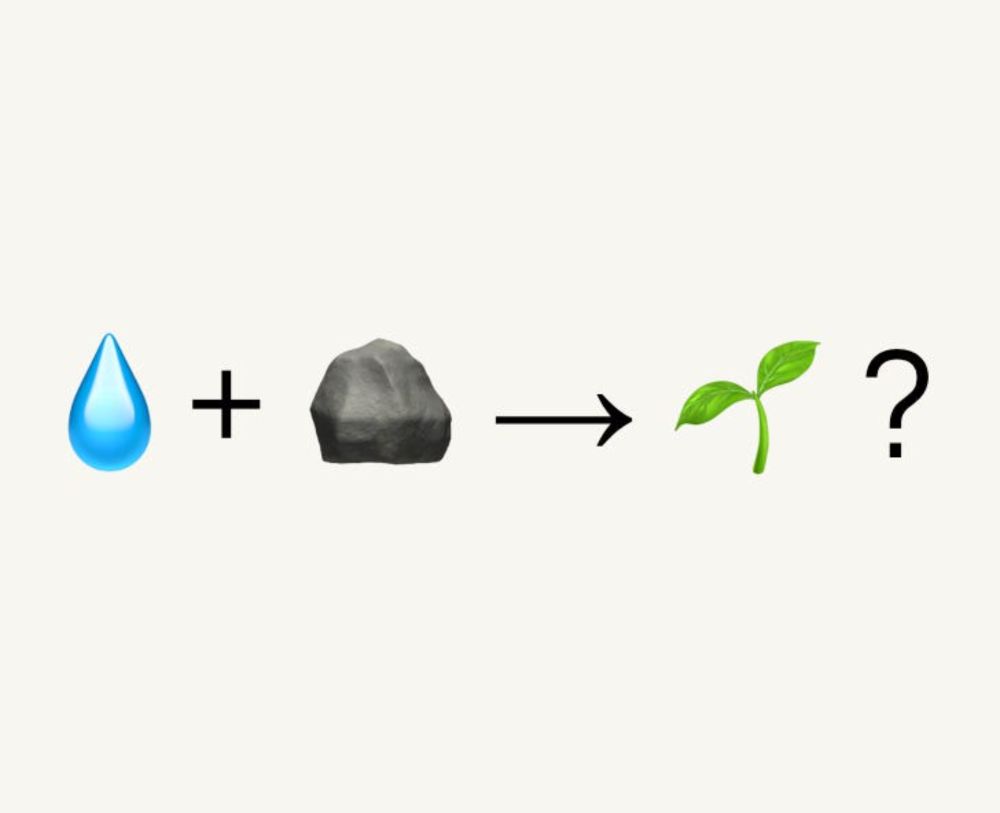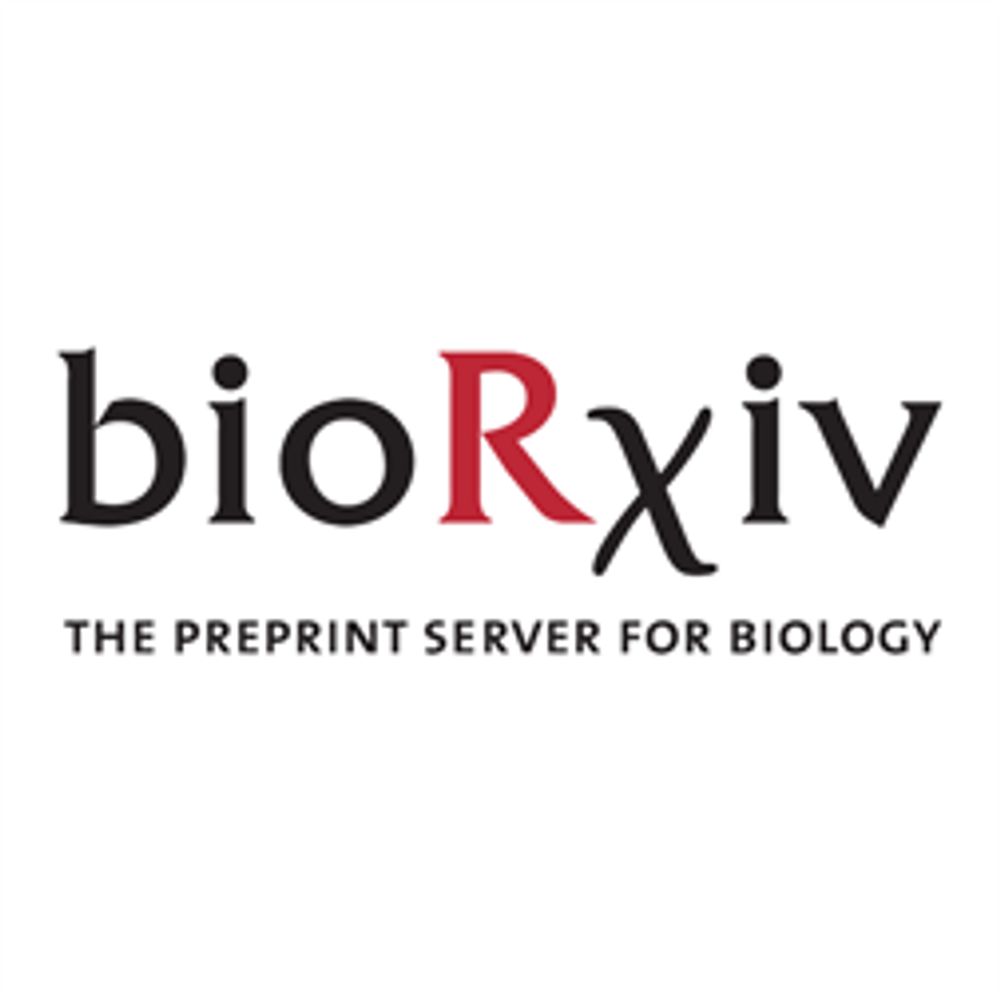chemistry-europe.onlinelibrary.wiley.com/doi/10.1002/...
Also online now on bioRxiv is our larger story where we couple this pathway to GCE tools in live cells
www.biorxiv.org/content/10.1...
chemistry-europe.onlinelibrary.wiley.com/doi/10.1002/...
Also online now on bioRxiv is our larger story where we couple this pathway to GCE tools in live cells
www.biorxiv.org/content/10.1...
www.nature.com/articles/s41...

www.nature.com/articles/s41...
www.biorxiv.org/content/10.1...
Andrew Buller's lab at Wisconsin is also doing terrific work in this area - stay tuned for that too
#synbio

www.biorxiv.org/content/10.1...
Andrew Buller's lab at Wisconsin is also doing terrific work in this area - stay tuned for that too
#synbio
Will anything grow in this media? Stay tuned!
💧+ 🪨 → 🌱 ?
open.substack.com/pub/pioneerl...

Will anything grow in this media? Stay tuned!
💧+ 🪨 → 🌱 ?
open.substack.com/pub/pioneerl...



www.biorxiv.org/content/10.1...

www.biorxiv.org/content/10.1...
arxiv.org/abs/2407.01603

arxiv.org/abs/2407.01603




